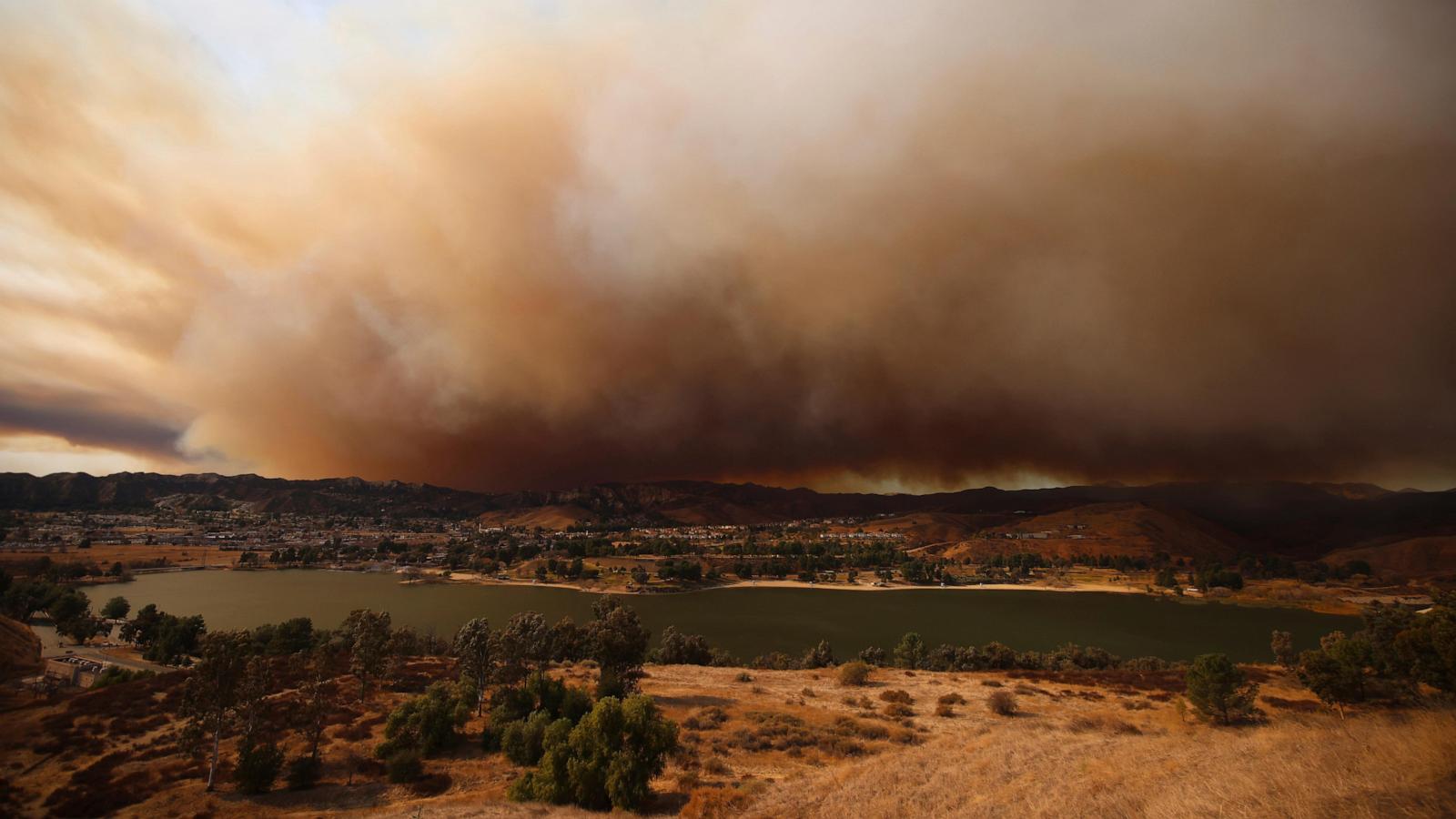Wildfire Ash: Should Schools Reopen? A Parent's Dilemma
The recent wildfires in California have left behind a toxic legacy – dangerous wildfire ash. This ash isn't just unsightly; it poses a serious threat to children's health. Parents are grappling with a difficult question: is it safe to send their kids back to school? This article delves into the debate surrounding the reopening of schools after a wildfire, focusing on the health risks of wildfire ash and parents' concerns.
The Toxic Threat of Wildfire Ash
Wildfire ash is far more dangerous than it looks. This isn't simple soot; it's a complex mixture of toxic substances, including pesticides, asbestos, plastics, lead, and other harmful chemicals. These substances are created when household items, building materials, cars, and electronics burn, resulting in a hazardous concoction for humans and particularly for children.
Children's Vulnerability to Wildfire Ash
Children are especially vulnerable because they are prone to hand-to-mouth contact and are still developing. They often breathe more rapidly and have smaller lungs, increasing their inhalation of toxins. The rapidly growing bodies of young children are more sensitive to the negative effects of these harmful pollutants, placing them at higher risk for serious illnesses. What can be done to protect them?
Health Risks and Long-Term Impacts
Exposure to this toxic soup carries considerable short-term and long-term risks. Some of these chemicals have been linked to respiratory issues, heart disease, and even Alzheimer's disease. What is more concerning is that the long-term health effects from high levels of urban fire exposure are not yet fully understood by scientists. There's a pressing need for further research into these long-term consequences.
School Reopening Decisions
In the wake of these devastating fires, many schools are facing pressure to reopen quickly, but how much cleaning is really enough? How can we balance the importance of education with the potential health risks of exposing children to wildfire ash?
School Cleanup Efforts
Many schools are taking steps to address the issue. These efforts involve cleaning indoor and outdoor areas, replacing air filters, and adding air purifiers. In many cases, environmental consultants are inspecting schools. Yet, even with these safety measures, the potential risk isn't entirely eliminated.
Parental Concerns and Calls for Caution
Parents have significant concerns regarding the potential lingering toxic substances and the school district's handling of this unprecedented situation. Their worries are understandable given the known short-term and long-term hazards associated with prolonged wildfire ash exposure. Some parents believe schools should wait or consider alternative locations, while others are looking at transferring students elsewhere. The question is what is sufficient in order to ensure their children's safety.
Balancing Health Concerns and Educational Needs
The dilemma is complicated by the disruption that school closures cause. Missing out on education has its own negative effects on children's overall well-being, affecting their social, emotional, and educational development. Children can fall behind academically, socially and emotionally.
Long-Term Implications of School Closures
These closures can also have a ripple effect across other parts of children's development and well-being. Children develop relationships and bonds through social interaction at school and missing school can also mean loss of connection and community in their times of needs.
Take Away Points
Wildfire ash contains numerous toxins that pose health risks, especially to children. The long-term effects of such ash exposure remain unclear. While schools are taking steps to mitigate the risks, parental concerns remain. We need to carefully consider how to keep both health and education in mind while responding to emergencies in the future. We also need additional research on how exposure to wildfire ash can affect human health in both short and long term effects.









